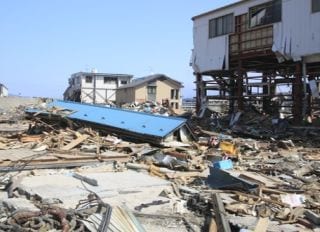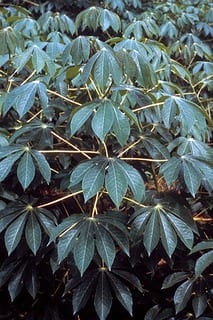
Computer technology that can mine data from social media during times of natural or other disaster could provide invaluable insights for rescue workers and decision makers, according to an international team writing in the International Journal of Emergency Management.
Adam Zagorecki of the Centre for Simulation and Analytics, at Cranfield University, Shrivenham, UK and David Johnson of Missouri State University, Springfield, USA and Jozef Ristvej of the University of Zilina, Zilina, Slovakia, explain that when disaster strikes the situation can change rapidly. Whether that is during flooding, landslide, earthquake or terrorist attack, understanding the complexities of the situation can mean the difference between saving human and animal lives, reducing environmental impact and preventing major economic loss.
The team points out that advances in information technology have had a profound impact on disaster management. First, these advances make unprecedented volumes of data available to decision makers. This, however, brings with it the problem of managing and using that data. The team has surveyed the state of the art in data mining and machine learning in this context. They have found that whereas earlier applications were focused on specific problems, such as modeling the dispersion by wind of plumes — whether from a chemical plant leak, fire or nuclear incident — and monitoring rescue robots, there are much broader applications, such as constructing situational awareness and real-time threat assessment.
Data mining during a disaster can pull in information from unstructured data from news reports, incident activity reports, and announcements, as well as structured textual data from emergency services, situational reports and damage assessment forms. In addition, it can utilize remote sensing data, as well as more frequently now, mobile phone images and video, and satellite and aerial images.
The Latest on: Data Mining Disaster
[google_news title=”” keyword=”Data Mining Disaster” num_posts=”10″ blurb_length=”0″ show_thumb=”left”]
via Google News
The Latest on: Data Mining Disaster
- Environmental Disasters and the Network of Corruption Behind Themon April 25, 2024 at 3:30 pm
Damage to protected areas along with climate factors has been known to increase the number of disasters throughout the country.
- ESG Watch: Why climate change is leaving mining firms between a rock and a hard placeon April 23, 2024 at 5:25 am
April 23 - For most of us, when we think about mining and the environment, it tends to be about water and air pollution, disasters such as the fatal collapse of tailings dams, or the global ...
- Richard Spinrad: Climate disaster map does not align with political mapon April 21, 2024 at 9:00 pm
Noaa has received more than $6bn in funding from two major pieces of US legislation under the Joe Biden presidency. However, Spinrad acknowledged that this could be rescinded, despite his conviction ...
- Scotland-based Hypervine launches satellite survey service for mining industryon April 18, 2024 at 6:07 am
Hypervine launches unlimited satellite surveys for global mineral mapping, open pit mines, and environmental monitoring at fixed monthly cost.
- BHP told to hand over executives’ employment details in Brazil dam disaster litigationon April 17, 2024 at 5:00 pm
Mining group BHP has been ordered to hand over ... as part of a legal battle over one of Brazil’s worst environmental disasters. The High Court in London on Thursday told the company to disclose ...
- Hypervine launches unlimited satellite survey service for mining industryon April 17, 2024 at 4:02 pm
Hypervine, a cleantech business specialising in satellite imagery and data analytics, has launched its new unlimited satellite surveys service.
- German Coal Spews Much More Methane Than Reported, Ember Sayson April 16, 2024 at 12:00 am
German coal mines spew 184 times more methane than what the country reports to the United Nations, according to a new analysis by Ember.
- Senate passes bill restricting crypto-mining in Arkansason April 15, 2024 at 4:41 pm
On Monday, the Arkansas Senate passed a bill that could bring more oversight and even sleep fees on to data companies involved in crypto-mining.
- In Indonesia, deforestation is intensifying disasters from severe weather, climate changeon March 31, 2024 at 5:04 am
“This disaster occurred not ... according to government data. But experts warn that it’s unlikely deforestation in Indonesia will stop anytime soon as the government continues to move forward with new ...
- In Indonesia, deforestation is intensifying disasters from severe weather, climate changeon March 30, 2024 at 5:01 pm
“This disaster ... government data. But experts warn that it’s unlikely deforestation in Indonesia will stop anytime soon as the government continues to move forward with new mining and ...
via Bing News










